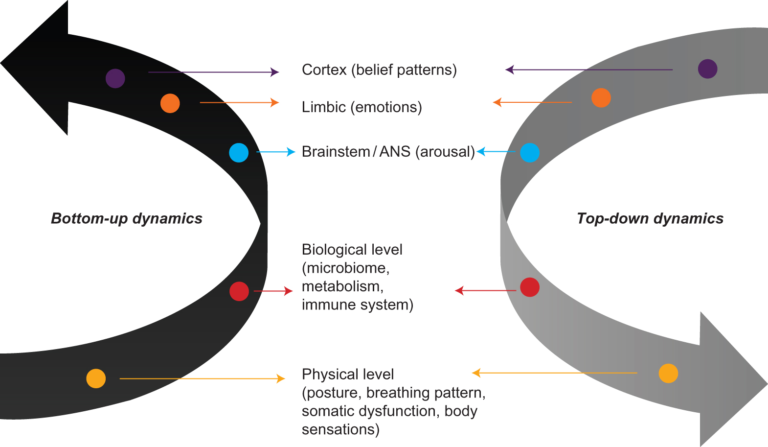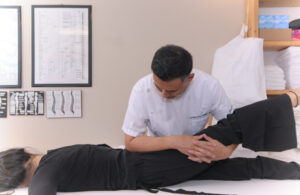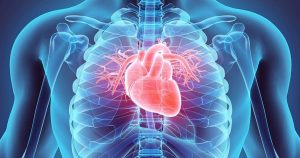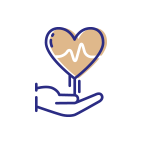What is somatic exercise?
Somatic exercise may be the secret key to unlock your internal health mechanisms. A new field of medicine, psychoneuroimmunology, studies the processes through which emotions affect physiology.
Somatic exercises are movements that bring attention to the internal feelings, rather than what the external looks like.
How can emotional repression affect our health?
Well, it all starts with emotional stimuli. Emotions are electrical, chemical, and hormonal discharges from the human nervous system. These influence, and are influenced by, the functioning of our major organs and immune defenses. Stress, in particular, works to disarm our immune systems. This is bound to have major effects – and it can even cause chronic illness.
How does it work?
Mindfulness-based approaches like cognitive behavioral therapy, meditation, and psychotherapy, focus on the limbic, cortex, and brain stem network to rewire the nervous system in relation to the physical body; a top-down approach to healing. On the contrary, somatic exercise is a bottom-up approach. The primary focus is at the physical level: posture, breathing patterns, structure dysfunctions, and body sensations. Changes at the physical level ignite changes at the biological level (microbiome, metabolism, immune system) and then to the top level in the brain (belief patterns, emotions, arousal).
Who can benefit from somatic exercise?
Anyone can benefit from somatic exercises. This may be the best approach for you if you:
-
experience chronic pain
-
often get sick
-
experience digestive issues and constantly bloated
-
suffer from chronic illness
-
experience burnout
-
feel tired all the time
-
can’t seem to lose weight from your stomach no matter how much you workout
-
have a hump on the back of your neck
-
experience stress, anxiety and depression
-
always craving sugar
-
feeling numb/disconnected and often dissociate
-
clench your jaw
These are signs you are living in a dorsal vagal nervous system, which means that your body systems are immobilized or “shut-down”. Treatment goals include achieving a ventral vagal nervous system, the body in a calm state, enabling social engagement via exchange of safety cues and downregulating sympathetic defense reaction. Ultimately, this bottom-up approach can restore your body’s natural adaptability in self-healing.
Read Osteopathic Treatment Approach to Psychoemotional Trauma by Means of Bifocal Integration










